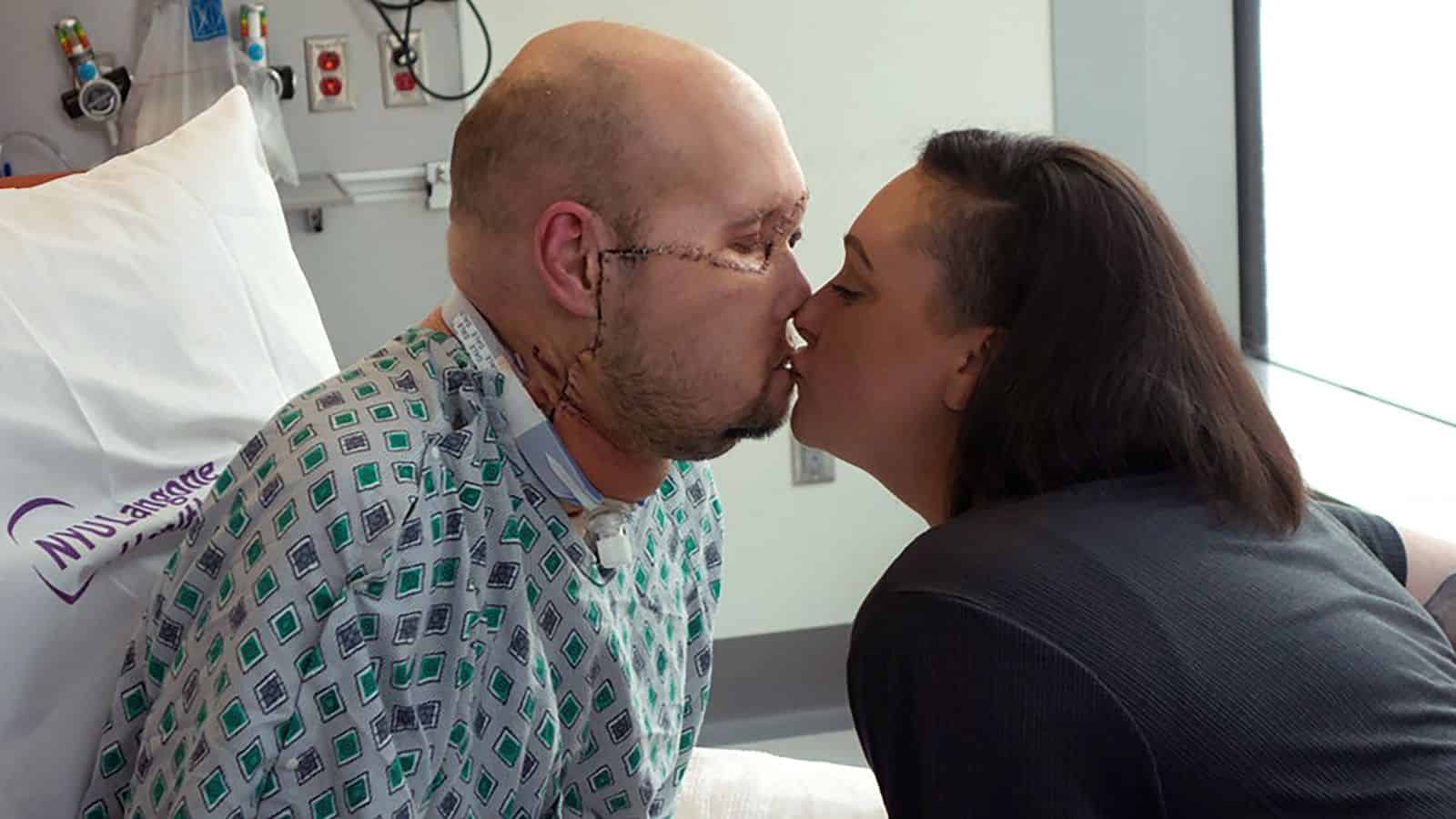
In a landmark achievement, U.S. surgeons at NYU Langone Health successfully performed the world’s first full human eye transplant. Aaron James, a 46-year-old from Hot Springs, Arkansas, underwent this revolutionary procedure following severe facial and ocular injuries caused by an electrical accident in June 2021.
Despite the complexity, James’ recovery is promising, with his transplanted eye showing exceptional health. However, James cannot see with his new eye yet and may never be able to.
Breakthrough in eye transplantation
Unlike common partial eye transplants, such as corneal transplants, this surgery involved transplanting the entire eye structure, including the eyeball, blood vessels, and the vital optic nerve. Dr. Eduardo Rodriguez, the lead surgeon, emphasized that while the procedure does not guarantee restored vision, it represents significant progress in eye transplantation.
The patient also received an extensive facial transplant, marking only the 19th time a person in the US has undergone a face transplant. James now has a new nose, new lips, and a new cheek, the result of a grueling 21-hour surgery that involved more than 140 surgeons at NYU Langone Health.
James, a military veteran, lost much of his face and his left arm on a night in June 2021, while he performed his duties as a high-voltage power lineman. He accidentally touched a 7,200-volt live wire that immediately burned his face and part of his upper body.
Dr. Rodriguez remains cautiously optimistic. “We’re not claiming that we are going to restore sight,” he says, “But there’s no doubt in my mind we are one step closer.”
A primary concern was the risk of the transplanted eye deteriorating after the surgery. However, the eye, distinctively hazel compared to James’ natural blue eye, remains healthy with adequate blood flow and no rejection signs.
James approached the surgery with a lot of hope but also pragmatism, seeing it as a stepping stone for future advancements. “Maybe you’ll learn something from it that will help the next person,” he reflected.
The surgery included an innovative step: injecting specialized stem cells from the donor’s bone marrow at the site where James’ optic nerve connected with the transplanted nerve. This technique aims to promote nerve repair, a crucial factor in potentially restoring vision.
While the surgery marks a significant milestone, its ultimate success — in terms of restoring vision — remains uncertain. The optic nerve, crucial for transmitting visual signals to the brain, is not yet fully functional. However, some brain activity was recorded when light was flashed into the donated eye, albeit in an unexpected brain region.
“It’s completely uncharted territory,” Rodriguez said.

This surgical milestone, though experimental, heralds a new era in eye and optic nerve transplantation. It not only addresses the complexities of the human eye but also opens up research avenues for treating severe ocular injuries and blindness.
Even if the transplanted eye turns out to be blind, the surgery was transformative for James, who was thrilled with the results when he finally looked at his new face in the mirror.
“I just look like a normal person walking down the street,” he told NBC News.









